Introduction
In this project, I utilize synesthesia to relieve the symptoms of Bulimia Nervosa. I capture the chewing sounds with microphones, and the eating behaviors with flex sensor. These inputs are processed and transferred to TouchDesigner to form responsive image. The human-computer-co-created eating scene links sense of taste, hearing, and vision, fulfilling excessive appetite, decreasing actual food intake, and inducing peaceful feelings.
I created an interactive TouchDesigner motion, and launched it on a mirror screen, for bulimia nervosa patients to use during eating to relieve their symptoms.
Background Research
What is bulimia nervosa?
Bulimia is an eating disorder. It is characterized by uncontrolled episodes of overeating followed by purging by self-induced vomiting, misuse of laxatives, over-excising and other methods.

Different types of bulimia nervosa:
Restrained Eating
restrict food intake to prevent weight gain
restrict food intake to prevent weight gain
External Eating
eating in response to external food-related cues
Emotional Eating
use food as a way to deal with feelings
Narrowing down my target audience to:

I decide to focus on females who suffer from emotional eating bulimia.
Neuroscience

Psychology
The increased and decreased neural parts exhibit altered functions in brain involved in:

Chewing behavior analysis
Chewing frequency
660 ± 267chews / meal
1.53 ± 0.22 chews / second
A research conducted with 30 people with normal eating behavior of 120 meals.
User Research
Average illness duration
(months)
Average frequency
(times/week)

Perception of food
Emotion
fear to gain weight, guilty, shame

void, anxiety, stress, restless
out of control, satisfy, stress
Have you received any treatment?
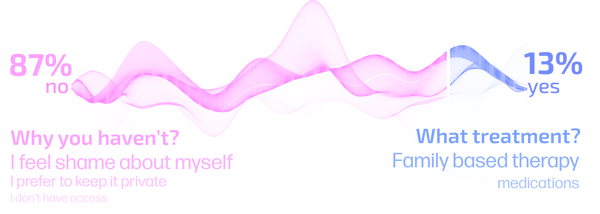
Other mental health issue:
Therapy Research
Existed therapy
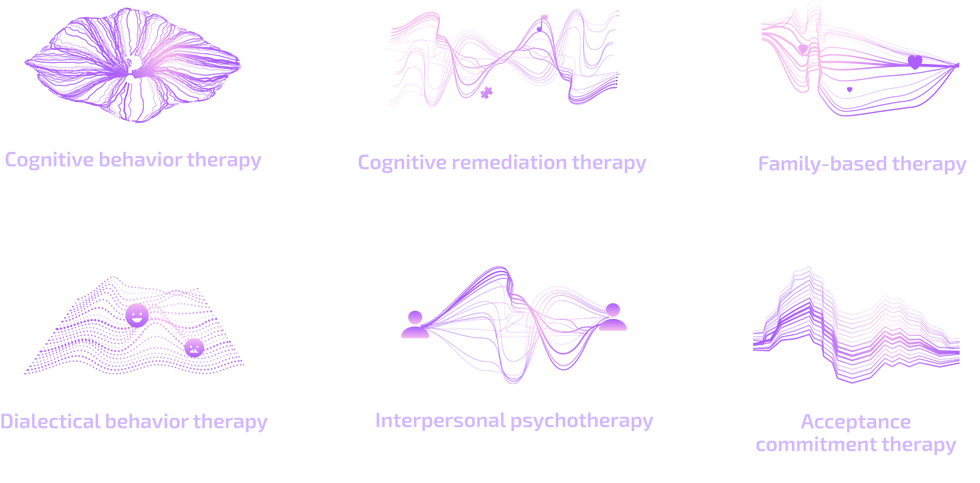
Therapies always combine with:

Synesthesia & Bulimia

Julia Simner
University of Sussex School of Psychology
"
reports 34% of the individuals with synesthesia show lower appetite.
"
Synesthesia experience can reduce appetite, thus potentially preventing bulimia.
Persona
User Journey
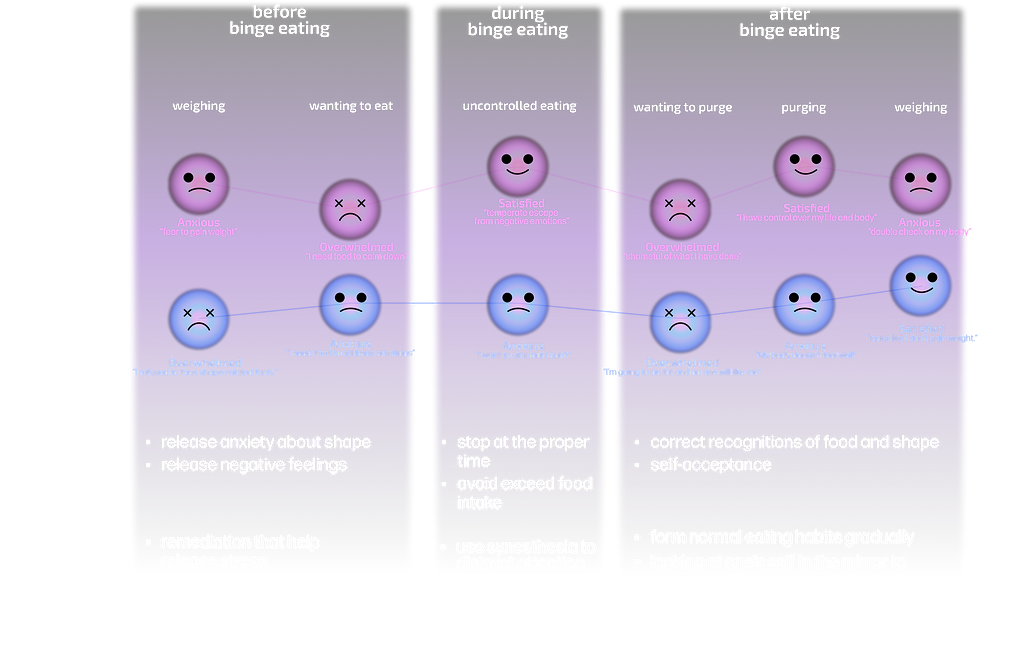
Experiments
Impact of looking at mirror while eating:
Participant 1

"
I feel my bulimia behavior is gazed, which makes me reflect on what I’m doing.
"
Participant 2
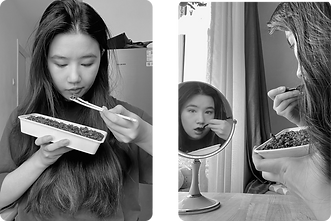
"
The mirror drags me back to reality.
I realize I’m overeating, which might harm myself thus I stop.
"
Looking at mirror while eating distracts their attention on food, help them realize their behavior might be potentially harmful.
Synesthesia & appetite
Adjusting music based on the food users consume to create a synesthetic experience.
Participant 1

"
Combining with sounds, eating becomes an entertainment not a self-compulsive behavior.
"
Participant 2

"
My interest in food extends beyond cravings to sounds. I’m not just thinking about what I want to eat next.
"
Linking taste with other sense helps weaken users’ desires to food, and change users’ perception towards eating.
Solution
Dataflow

Storyboard
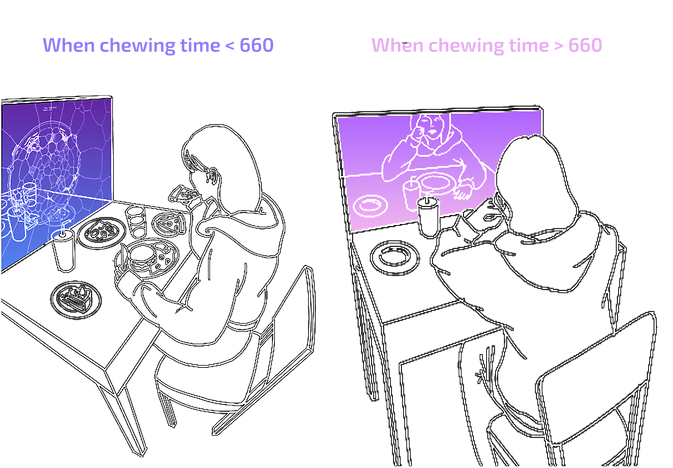
Chewing Data Collection
Microphone
Flex sensor
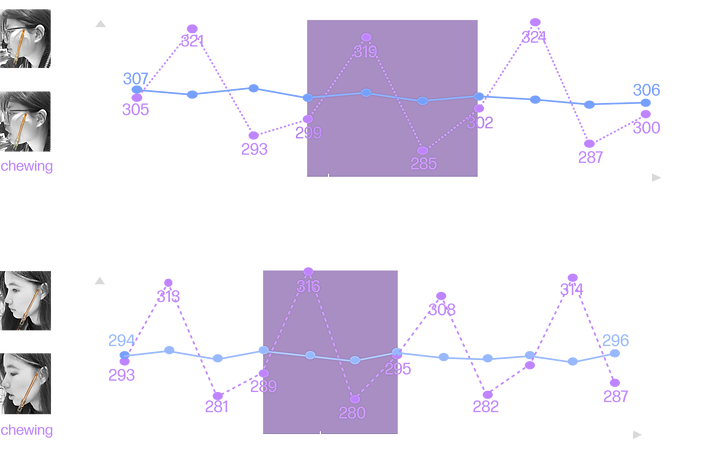
Thus,
when ( new bend degree - previous bend degree ) = - 30
chewing time + 1
Based on data collected,
( the largest bend - average bend when remain still ) + (average bend when remain still - the smallest bend ) = 30( ±5 )
Patterns
Research

Keywords

Visual test 1 - Processing

Visual test 2 - Touchdesigner

Visual test 3 - Touchdesigner
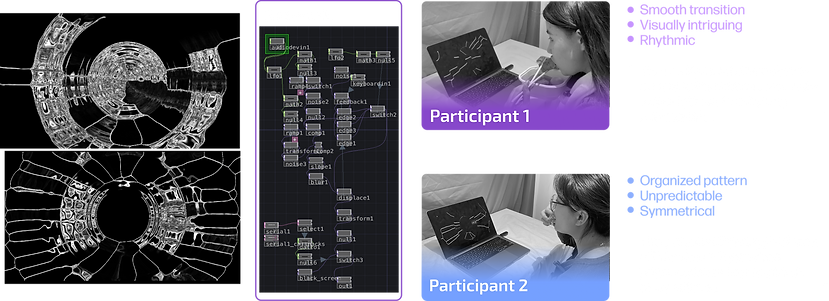

Final Work
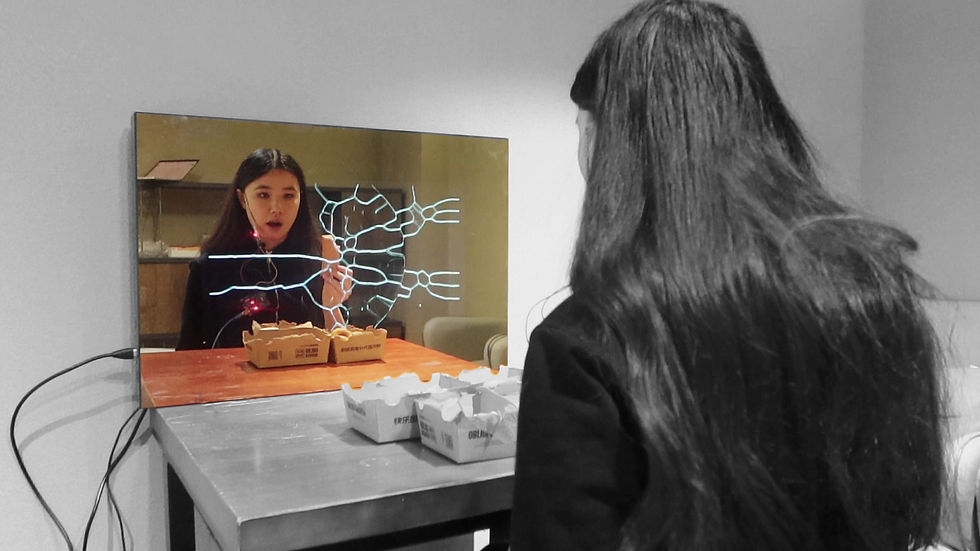
User Test
I gave the device to a bulimia patient for a month, and ask her to record diary.

Excerpts from diary

Chewing time calculation
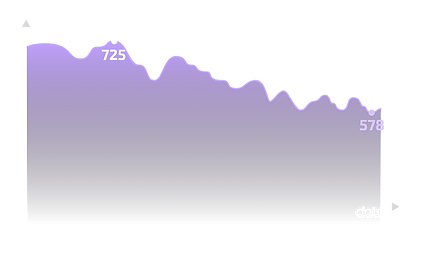
For this participant, the device releases the symptoms of bulimia nervosa.
